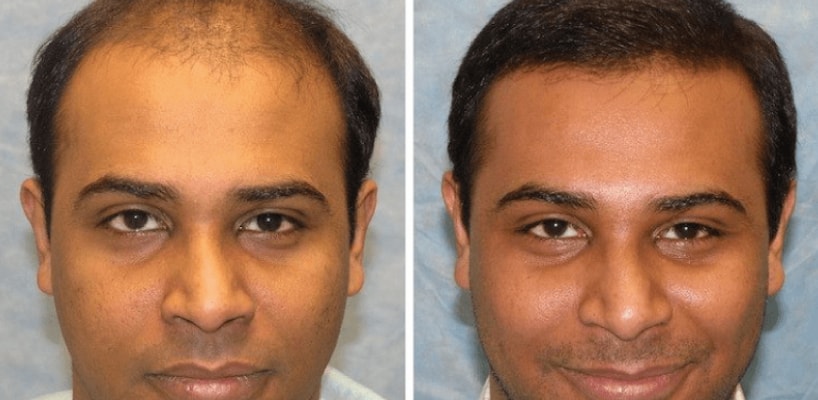Best Hair Transplant Surgery
Best hair transplant surgery is the DHI hair transplant procedure, according to experts. DHI hair transplant provides both faster recovery time and better results after hair transplant surgery. DHI hair transplant is a very effective method in hair transplant that allows hair follicles to be removed from donor areas and added to rare areas.
Along with DHI hair transplant, a natural appearance is achieved and there are no visible scars on the scalp. This method allows the hair to thicken slowly from the forehead area to the peak of the head and concentrate in that area. It also provides its distribution in the same equality as the sparse parts. With this method, the hair also does not need to be shaved, and up to 6,000 to 7,000 hair transplants can be performed at the same time.
What are the Criteria for Best Hair Transplant Surgery?
The absence of anesthesia in the hair transplant surgery process is also an important criterion that determines the best hair transplant surgery process. In the DHI hair transplant process, there is no need to use anesthesia. Hair transplant surgery is a procedure in which the hair follicles are removed. DHI hair transplant, which reduces hair transplant time by 30-35%, makes this process much easier for patients.
What are the Advantages of DHI Hair Transplant?
- In operations using the DHI hair transplant method, hair roots can be planted much more often. In this way, the hair transplant will result in a much more natural appearance.
- Addition to providing a much easier determination of the angle of the hair follicles, the medical pen used also opens holes in the width of the hair follicle in the transplant area. In this way, the damage caused by the operation is minimal.
- In the form of this application, where no incision is made, the bleeding is almost minimal.
- Since the damage caused by the operation is minimal, the healing process is also extremely fast.
- DHI hair transplant method does not harm existing hair.
- This procedure, which provides the chance of direct hair implant to the area required, also gives an extra advantage to people who do not complete hair loss. Because grooving and root placement can be done simultaneously, grafts can also be planted in a shorter time.
- In all procedures performed using the DHI method, hair follicle loss will be minimal during and after the operation.
- It is also a preferred method of application by women because there is no need to shave existing hair.
- After the DHI method, there are no scars.
After DHI Hair Transplant
Regarding the healing process, DHI hair transplant differs at some points from the classic FUE method. The most obvious difference between the two applications, whose healing processes are similar, is that in the DHI procedure, incisions do not occur on the skin that is the hair. Therefore, there is much less bleeding during the operation. Naturally, clotting or crusting also occurs less. This also accelerates the recovery time a little more than the fue method.
Hair follicles that breathe faster with the first washing process due to low crustation rate, heal faster. Apart from this, there is no sharp difference between the DHI healing process and the FUE healing process. Just like FUE hair transplant, the skin with hair in the DHI method begins to heal within about 3 to 4 days. It takes 3 months to see new hair outputs, and in about 6 to 8 months, the results begin to manifest themselves. For a full result, you need to wait for up to 1 year.


